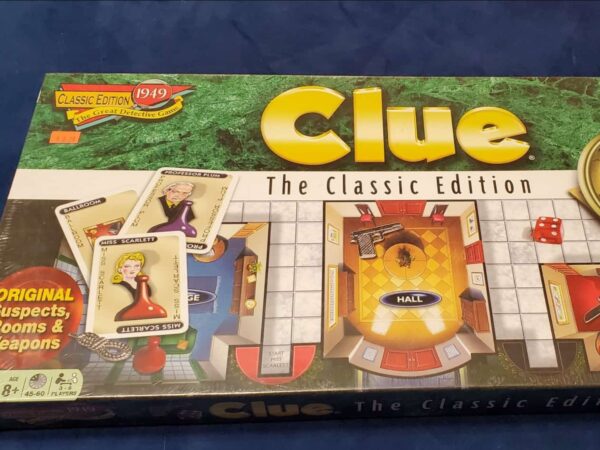
What accounts for the originality of a wine – the critical thing or things that makes it what it is and different from others? To ask the question is to reopen an investigation as old as wine itself.
Because the earliest written references identify wine by its geographical source (and most European wine is still organized that way), you might draw the conclusion it’s the site the vine plant calls home (Sonoma Coast, e.g) determining its character. Americans take another tack, generally (if regrettably) preferring to categorize wine by pointing to the grape varietals used to make it — Pinot Noir or Riesling, for example.
Some celebrity winemakers are thought to have such a distinctive approach that every wine they produce — from whatever material and in whatever place – can be thought of as bearing a kind of stamp. We might call such things designer wines, for want of a better term.
Our view is that none of these hypotheses is sufficient, by itself, to sway a jury considering the evidence. As in the old board game Clue, where you’ve broken the case only when you’ve named the culprit, the weapon and the room in the old manse where the crime took place, the solution to the mystery of wine identity comes down to this: When vines of this variety are planted in this place, farmed like so, and vinified in a specific way, this is the wine that results. Change a single element and you’ve no longer got quite the same thing.
Say, what is that hammer doing in your hand, Professor Plum? Got a picture to hang?